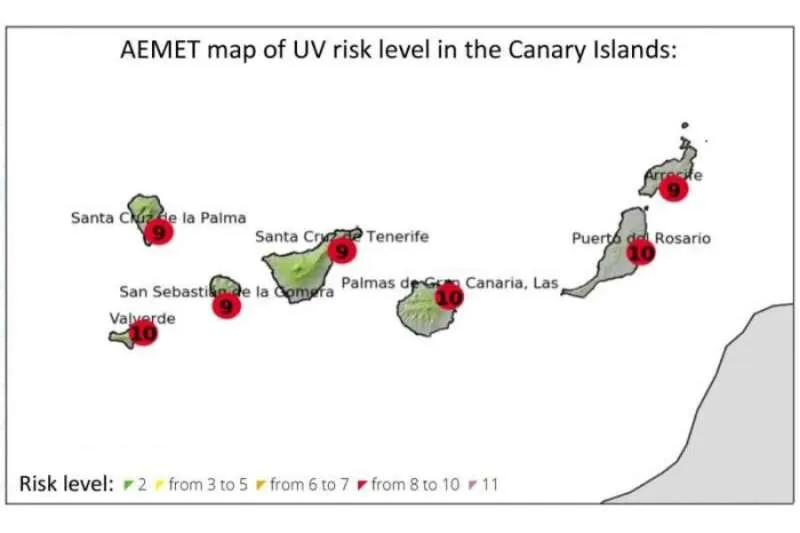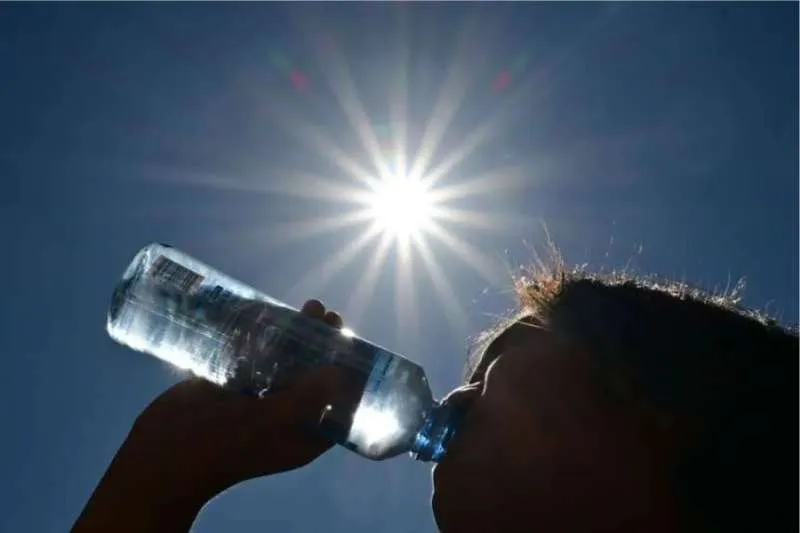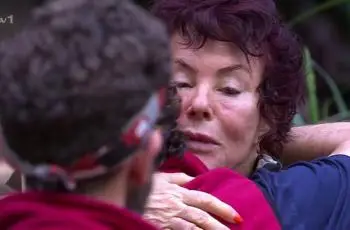Health warning for extreme UV levels with a heatwave forecast in the Canary Islands
- Oasis FM
- 08-05-2025
- Local News
- Photo Credit: CW
The Ministry of Health has issued a warning advising that the Canary Islands are experiencing extremely high levels of ultraviolet (UV) radiation, and that certain areas are facing conditions more typical of peak summer than spring.
The alert follows data from Spain’s national meteorological agency (AEMET), which has triggered an extreme UV risk warning for Tejeda, Artenara, and Valleseco on Gran Canaria, lasting until 11th May.
The remainder of the archipelago remains at a very high UV risk, an unusually severe scenario for this time of year. “It’s an anomaly for spring,” noted the Canary Islands Health Department, “as extreme UV warnings are normally issued in summer.”
The warning coincides with a forecasted heatwave that is expected to bring daytime temperatures of up to 40°C and nights around 30°C, significantly increasing the health risks associated with sun exposure.
Health Authorities Urge Precaution
The Canary Islands Health Service (SCS), which oversees the region’s UV radiation prevention plan, is urging residents and visitors, especially those inland or engaging in outdoor activities, to take extra precautions. The agency has issued detailed guidelines to mitigate the health impacts of UV radiation.
“Protection from the sun is a year-round responsibility,” the SCS reminds the public, “not just something to think about during summer beach visits, cloudy days still pose a risk.”
Key recommendations include:
- Applying SPF 50+ sunscreen every two hours
- Staying in the shade between 11:00am and 5:00pm
- Wearing light-coloured, long-sleeved clothing
- Using wide-brimmed hats and UV-blocking sunglasses
- Never exposing infants under 12 months directly to the sun
UV Radiation: A Year-Round Threat in the Canaries
According to the latest AEMET data, the Canary Islands experience the highest year-round levels of UV radiation in Spain. UV radiation is an invisible part of the solar spectrum that can cause DNA damage, sunburn, immune suppression, and increase the long-term risk of developing skin cancers, such as melanoma and basal or squamous cell carcinoma.


Even on cooler or overcast days, UV rays can penetrate clouds, making them no less dangerous. Those with fair skin, light eyes and hair, or a family history of skin cancer, as well as people over 50, are especially vulnerable.
The Health Department also warns that certain medications and cosmetics can heighten UV sensitivity. These include antibiotics, contraceptive pills, and products containing benzoyl peroxide.
Cumulative Damage and Long-Term Risks
Experts from the Public Health Directorate stress that sun damage is cumulative. Frequent sunburns, especially in childhood, can significantly raise the risk of skin cancer decades later. They also note that prolonged exposure can cause eye diseases and reactivate dormant viruses, such as cold sores.
As temperatures soar and UV levels remain dangerously high, the public are urged to prioritise sun safety, not just for comfort, but for long-term health.


























